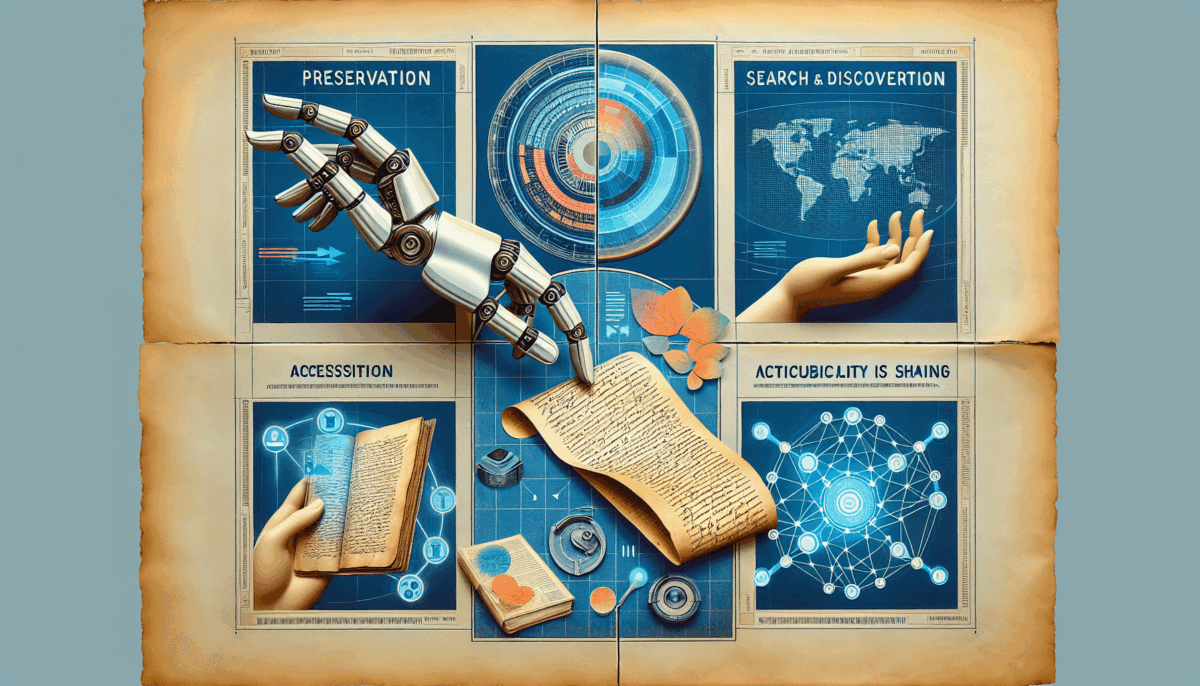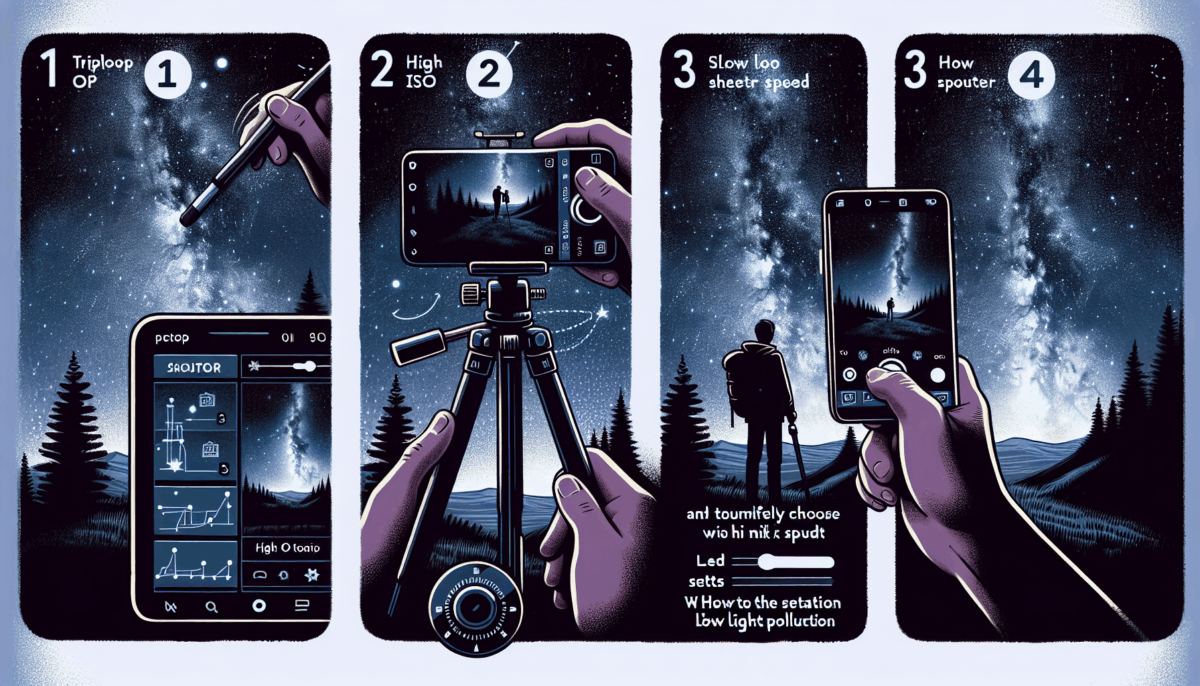PAX Aus 2025: Players Come Back to Uncover the Newest Technological Advancements
We independently review everything we recommend. When you buy through our links, we may earn a commission which is paid directly to our Australia-based writers, editors, and support staff. Thank you for your support!
Quick Overview
- PAX Aus 2025 in Melbourne draws over 85,000 participants.
- Govee introduces the Gaming Pixel Light and AI TV Sync Box.
- Corsair launches its lightest wireless mouse at just 36 grams.
- MSI displays a graphics card featuring a back-connection design.
- Handheld gaming emphasized with MSI Claw 8 AI+ and ROG Xbox Ally X.
Govee Pixel Box and TV Upscaling
At PAX Aus 2025, Govee, in collaboration with Clever Gear, made waves by presenting their newest products. The Govee Gaming Pixel Light is a programmable 8-bit-style light box that features over 150 preset scenes and a real-time data display. Users can personalize it by adding custom emojis, making it an extraordinary element for any gaming arrangement.

Also featured was the Govee Smart AI TV Sync Box, capable of supporting up to 8K scaling at 60 Hz or 4K at 144 Hz. This gadget synchronizes LED lights with the colors displayed on screen, enhancing the immersive experience for gaming or watching. The pairing of the AI TV Sync Box with the Pixel Gaming Light turns a regular setup into an interactive, lively display.

Corsair’s Lightest Mouse and Smallest Keyboard
Corsair unveiled an innovative offering at PAX Aus 2025: the SABRE v2 PRO ULTRALIGHT WIRELESS gaming mouse, tipping the scales at a mere 36 grams. Despite its feather-light design, it delivers outstanding performance with precise tracking and incredibly low latency.

Furthermore, Corsair revealed the VANGUARD PRO 96 Hall Effect gaming keyboard, designed with a full-sized key arrangement in a compact form, optimizing desk space without losing functionality.

Graphics Card from MSI with No Front Cables
MSI’s GeForce RTX 5070 Ti Ventus 3X PZ graphics card emerged as a highlight at PAX Aus 2025, featuring a back-connection design that bypasses front-facing cables. This “Zero-Trace Power Path” offers a sleek, modern appearance while ensuring robust graphics performance through Blackwell architecture and DLSS 4.

Handheld Gaming
PAX Aus 2025 underscored the rising popularity of handheld gaming devices, featuring the MSI Claw 8 AI+ and ROG Xbox Ally X. The MSI Claw 8 AI+ is equipped with an Intel Core Ultra 7 chip, an 8-inch 120 Hz display, and the ability to run full PC titles, merging the lines between console, PC, and handheld gaming.

The ROG Xbox Ally X presents a sleek design coupled with powerful graphics, supported by AMD’s Z2 AI Extreme APU and AI-enhanced upscaling. These devices illustrate the individual choices available for handheld consoles, catering to various gamer preferences.
Cool Tech at PAX Aus
PAX Aus remains a premier platform for discovering the latest in gaming technology. Whether you’re interested in handheld consoles, gaming accessories, or state-of-the-art computer hardware, PAX Aus is the ultimate destination.
Summary
PAX Aus 2025 was a significant occasion, showcasing the latest advancements in gaming technology. From Govee’s innovative lighting solutions to Corsair’s ultra-lightweight mouse, MSI’s cable-free graphics card, and advanced handheld consoles, the event spotlighted the future of gaming.


















